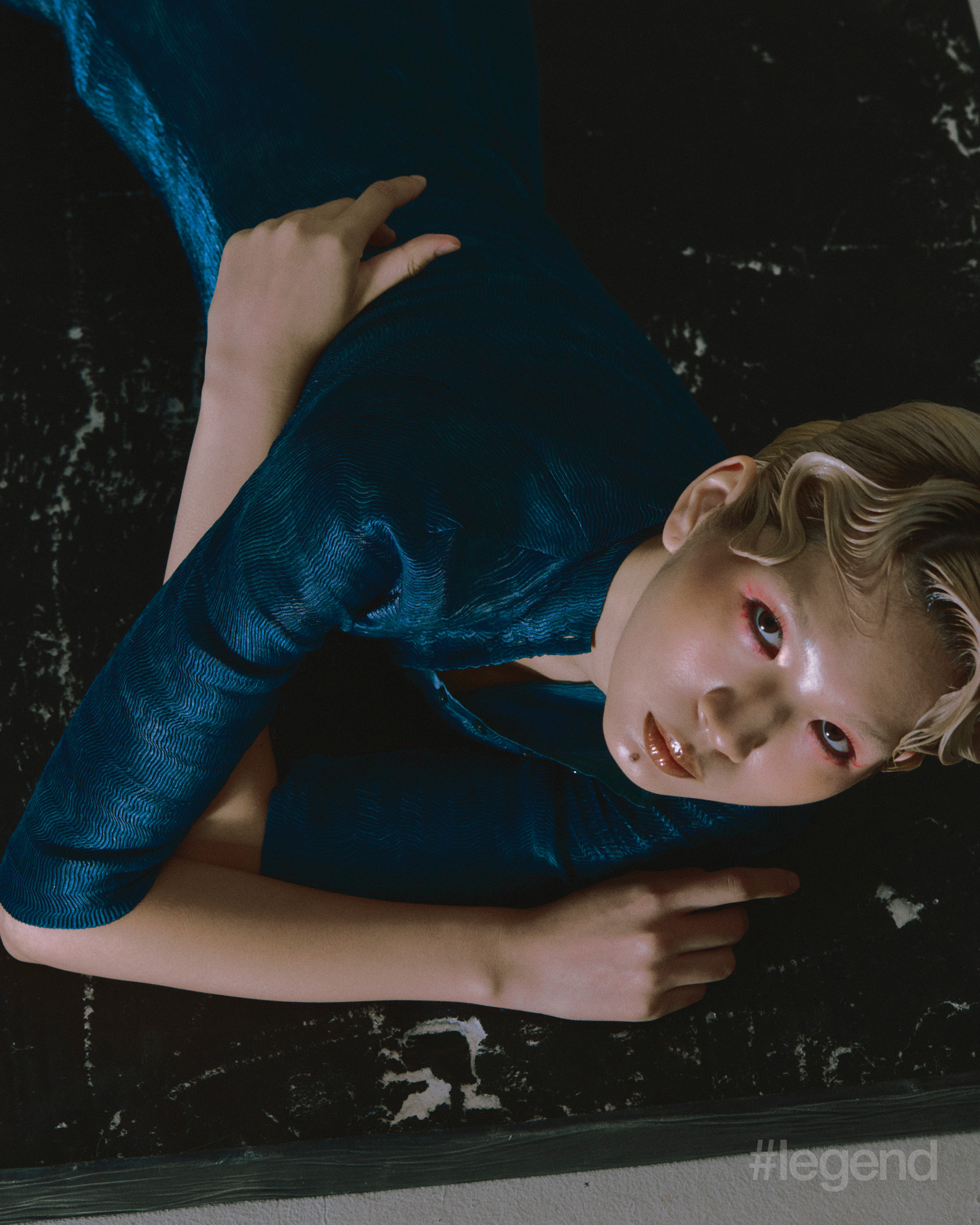
Sex and the city premiered 20 years ago on HBO. It was the summer of 1998 and I was five years old when I first saw Carrie Bradshaw crossing a busy street of Manhattan in a pink tutu and heard the now-iconic Latin-inspired theme song in the background. For the longest time, my mum wouldn’t let me watch it. For obvious reasons, she didn’t want me to be exposed to the explicit conversations dominating the show. She, on the other hand, was hooked from the very beginning. Like many other women around the world, she found the stories of Carrie Bradshaw, Samantha Jones, Miranda Hobbes and Charlotte York charming and refreshing. Today, these names are associated with one of the biggest pop culture phenomena in history.
It was the end of the 1990s, and while sex and relationships had been widely portrayed on TV for years, no mainstream show had really dared to depict it from an entirely female perspective. In fact, “sex talks” had pretty much equalled “man talks” before the show aired. The premise of Darren Star’s creation was quite simple: four single friends, living in New York City and looking for love. But from the very first minutes of the pilot, it was clear that Sex and the City
wasn’t just about that. At the time of its release, it was groundbreaking because it gave audiences irreverent, behind-the-scenes access to unexplored territory, where men, sex and relationships are discussed without filters.
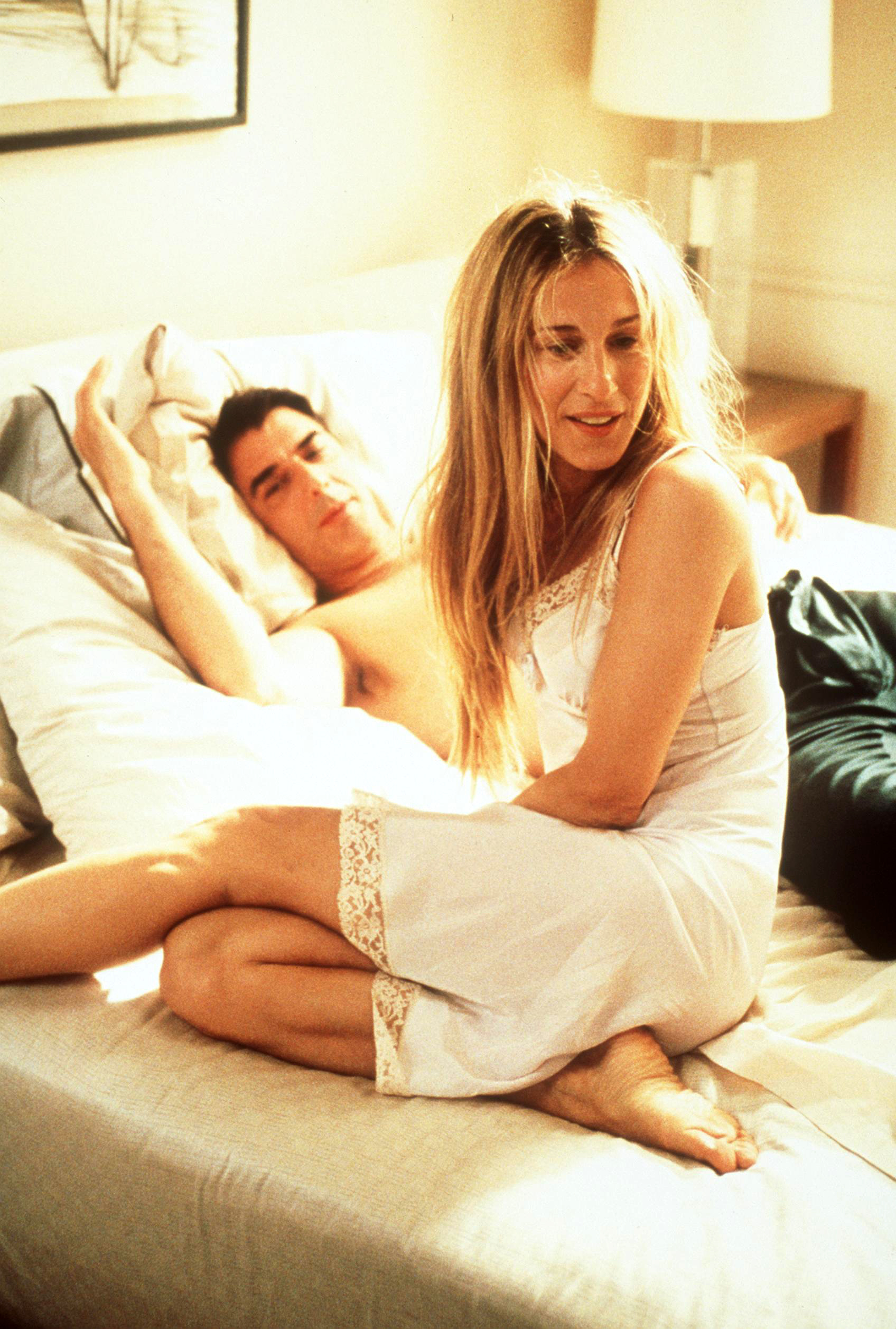
When I recently re-watched the show, I ate up the quartet’s romantic and sexual encounters, and listened to Carrie’s (often cliché) voiceovers with religious attention. It’s 2018, I’m a young woman living in the #MeToo era and, most importantly, I am well aware of Sex and the City’s limitations in addressing many issues facing society today. Yet I couldn’t help but feel euphoric for the radical wave that it initiated and empowered.
Over the years, many TV critics and even some of the most die-hard aficionados of the show went on to criticise Sex and the City for its unrealistic portrayal of glittery, over-the-top city life. Let’s be honest – the fact that Carrie was making around US$1,200 per month as a dating columnist for the fictitious New York Star and could afford an apartment on the Upper East Side, along with her countless pairs of Manolo Blahnik shoes and her constant fancy dinners and brunches, is almost absurd. The lifestyle of the girls made us all dream, but also we began to question what “fabulosity” really meant and how impossible those standards were – and are – to achieve in real life. But most popular series at the time did, too. Think of Friends; the characters were also conducting quite improbable lives and putting idealistic prospects in our head, and that’s one of the main problems with TV in general.
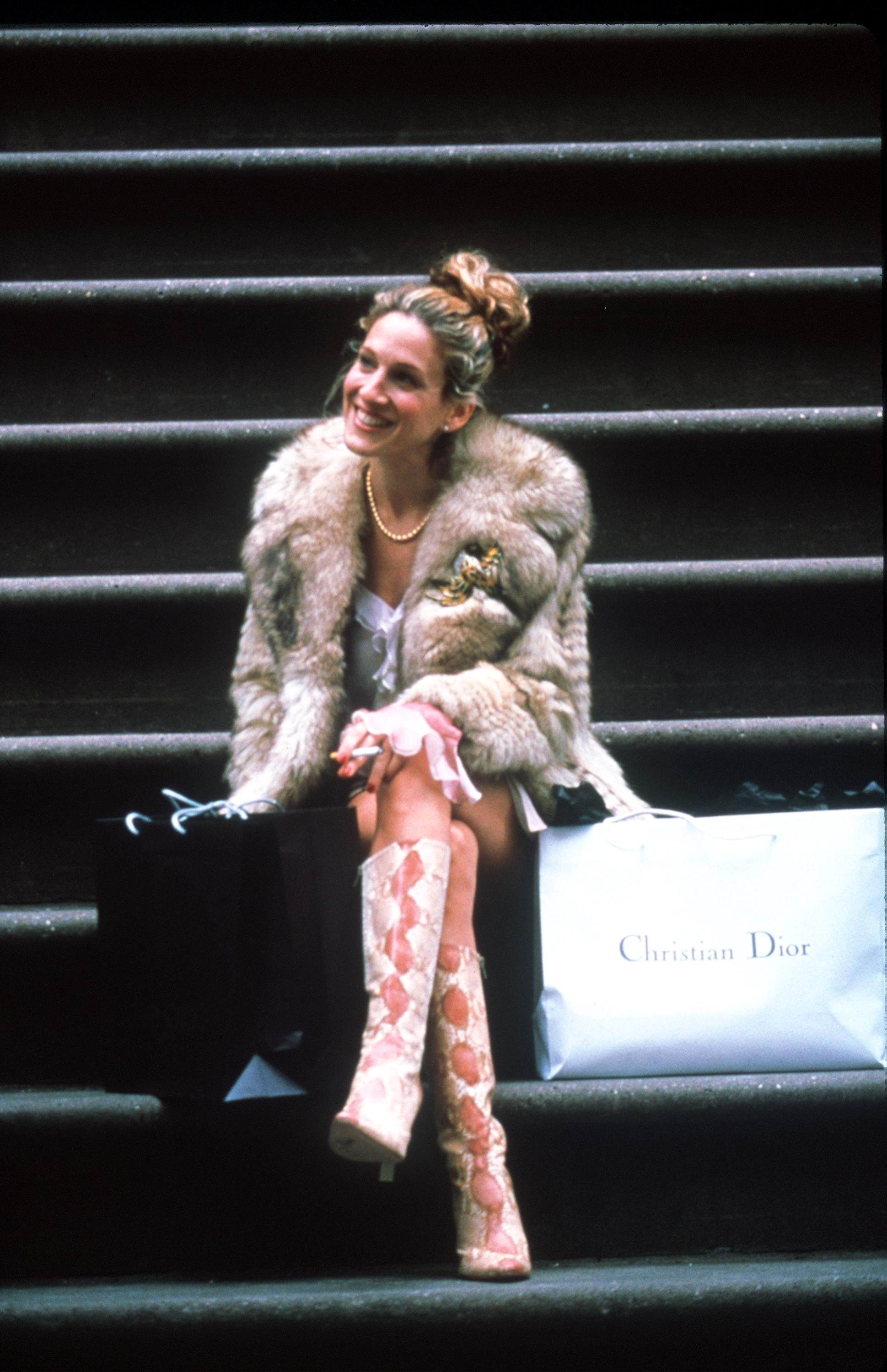
Throughout six seasons, we saw the girls attending exclusive parties, drinking thousands of Cosmos and – of course – going on countless dates. Eventually, they all found their partners, but the show is first and foremost centred on single women trying to navigate a too-often hostile world that’s tailored for couples. In the episode “The Agony and the Ex-tacy” (the first episode of Season 4), during one of their usual brunches, Carrie confesses to her friends that she’s “35 and alone”. For the first time, after a series of failed relationships, she admits that she’s not sure if she even believes in soulmates anymore. In one of the most famous quotes from the show, Charlotte says: “Don’t laugh at me, but maybe we could be each other’s soulmates?” To me, this overly cheesy quote perfectly summarises Sex and the City, as it shows four women pushing back against a society that made them feel excluded.
The four main characters have long been scrutinised and harshly condemned for their questionable integrity, narcissism and simplistic approach to life, but that’s exactly what makes Sex and the City extremely relevant and relatable. They’re deeply flawed characters, as they’re supposed to be. For too long, women on TV had been romanticised to fit stereotypical expectations of what the “perfect woman” was supposed to look and act like.
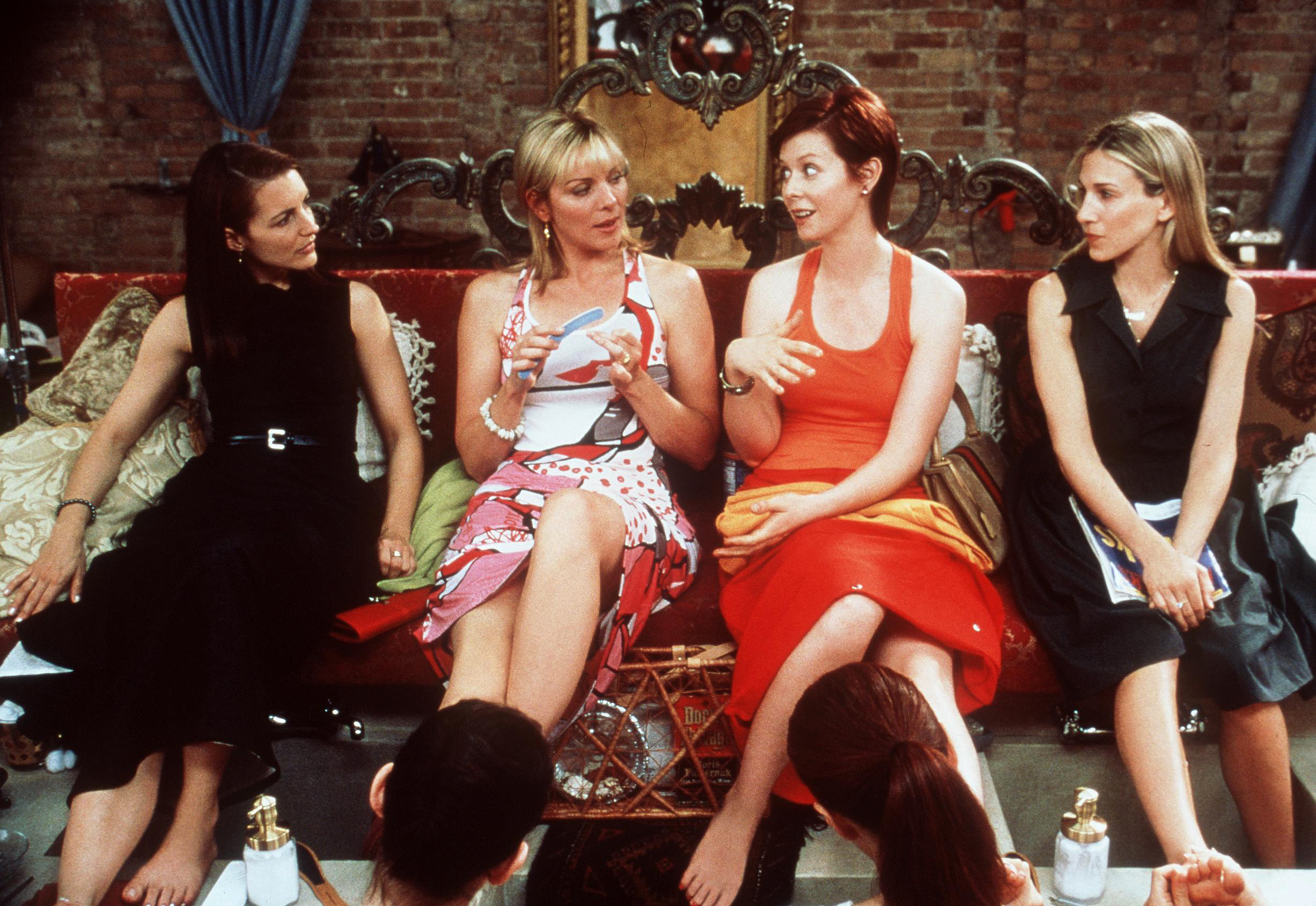
Carrie and her crew, on the contrary, were among the first female anti-heroes of TV. Sure, they could be extremely annoying, and even make you angry and frustrated as you watched their lives unfolding on the screen. Many of us were disappointed when Carrie cheated on the (arguably perfect) Aidan and her self-obsessed move when she apologises to Miranda after sending her boyfriend to help her, or irritated at Charlotte’s obsessions with perfection. But we develop similar feelings to the people that surround us in real life.
Arguably, Sex and the City also lacks in diversity and is pretty outdated when it comes to representing minorities. But as progressive as it was, the show is a reflection of its time and trying to position it in today’s society, which in 20 years has undergone very dramatic changes, is beside the point.
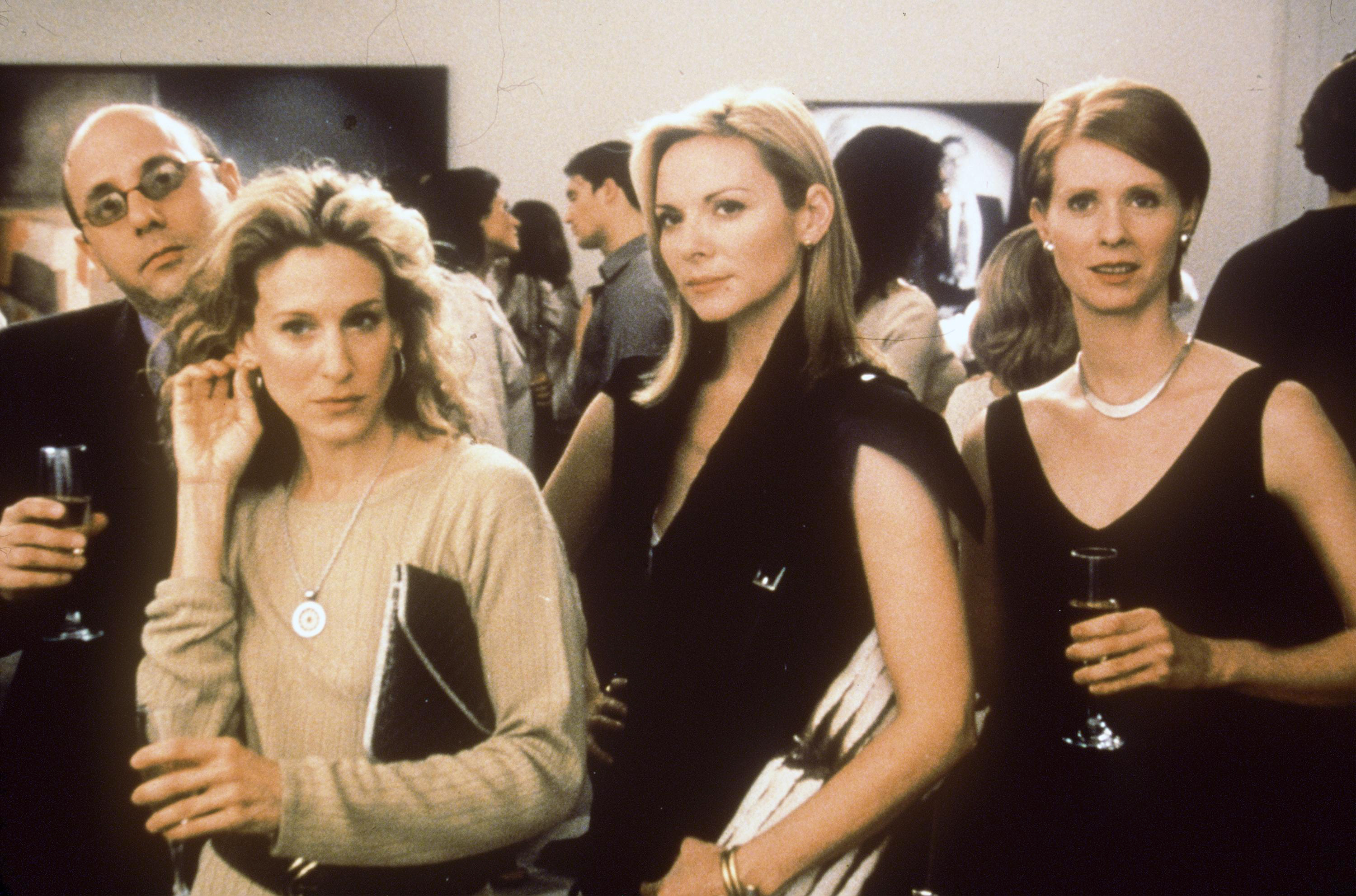
Instead, it should be celebrated for portraying emancipation through one of the greatest love stories in TV history – a story of four women always sticking together no matter what, regardless of their flaws and mistakes. This is why, two decades after it first premiered, most shows that feature a predominantly female cast are still inevitably compared to Sex and the City – and they all, consciously or unconsciously, draw inspiration from it.
This feature originally appeared in the 2018 July/August print issue of #legend.


